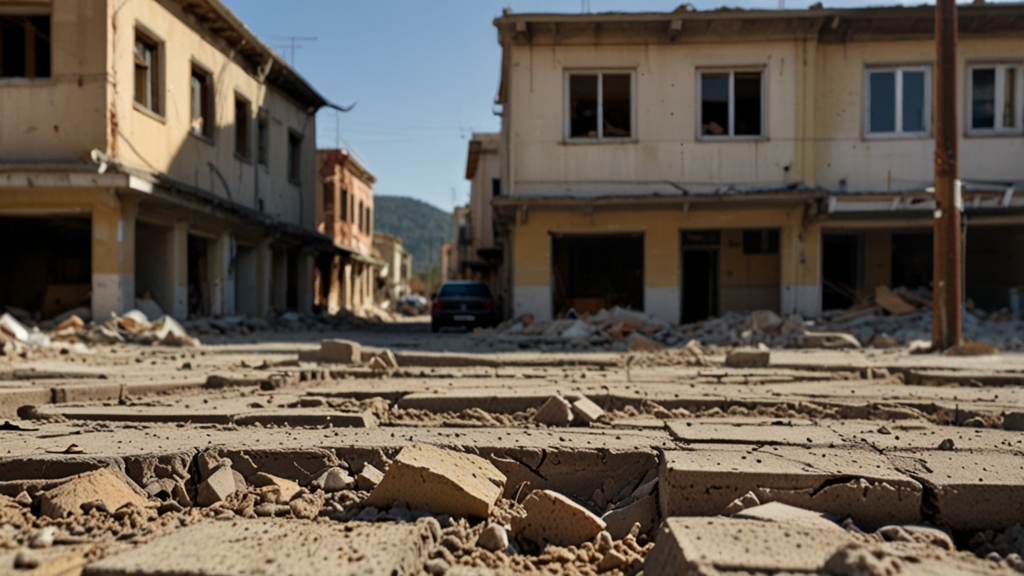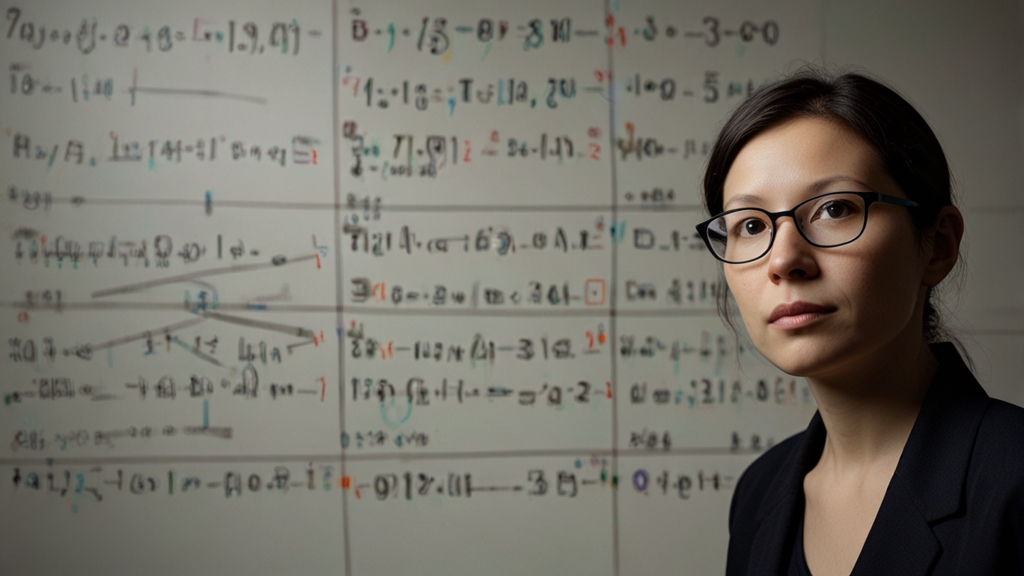Can We Predict Earthquakes? The Latest Scientific Efforts
Predicting earthquakes has long been considered the "holy grail" of seismology. Despite centuries of study, accurately forecasting when and where earthquakes will occur remains a significant scientific challenge. Researchers are employing a variety of methods, from analyzing historical data to cutting-edge technology, to get closer to this elusive goal. Let’s delve into the latest scientific efforts aimed at predicting earthquakes.
Seismological Analysis and Historical Data
One major avenue of research involves the meticulous study of historical earthquake records. By analyzing patterns in frequency, magnitude, and location, scientists seek to identify recurring trends that might signal an impending quake. For example, the Gutenberg-Richter law, which relates the magnitude of earthquakes to their frequency, provides a statistical basis for understanding seismic activity over time.
“While historical data gives us invaluable insight into patterns and probabilities, it does not yet enable precise earthquake predictions. It is, however, one of the keystones upon which our current understanding is built.” — Dr. Laura Johnson, Seismologist
Predictive Models and Algorithms
Many researchers are developing complex algorithms and machine learning models to predict earthquakes. These models often incorporate vast amounts of data, including seismic activity, geological conditions, and even animal behavior in some cases. Machine learning algorithms can sift through this data to identify potential precursors to earthquakes. While still in the experimental stage, these models have shown promise in offering short-term warnings.
“Machine learning is transforming our approach to earthquake prediction. By training algorithms on vast datasets, we’re starting to see patterns that were previously impossible to detect.” — Dr. Miguel Fernandez, Data Scientist
Real-Time Monitoring and Early Warning Systems
Another promising direction is the development of real-time monitoring and early warning systems. Networks of seismic sensors can detect the initial, less damaging "P-waves" of an earthquake before the more destructive "S-waves" arrive. Countries like Japan and Mexico have already implemented such systems, providing seconds to minutes of warning time, which can be crucial for saving lives and reducing damage.
In addition to ground-based sensors, scientists are exploring the use of satellite data and GPS technology to monitor shifts in the Earth’s crust. These methods can detect subtle movements that may precede an earthquake, offering another layer of data for predictive models.
The Role of AI and Big Data
Artificial Intelligence (AI) and Big Data analytics are making significant contributions to earthquake prediction efforts. AI can analyze complex datasets far more quickly and accurately than traditional methods. By recognizing subtle patterns in seismic activity, geological structures, and even atmospheric conditions, AI algorithms can provide more reliable forecasts.
For example, researchers at Stanford University have developed an AI that can predict earthquakes by analyzing the sounds of seismic waves. This approach has shown promise in laboratory tests and could eventually be applied in real-world monitoring systems.
Challenges and Limitations
Despite these advancements, several challenges remain. The Earth's crust is incredibly complex, and the conditions leading up to an earthquake are not fully understood. The chaotic nature of seismic activity means there's always a degree of unpredictability.
Furthermore, even if scientists could predict when an earthquake might occur, there are significant logistical and economic challenges in mobilizing populations and resources in response. As a result, many experts argue that improving earthquake preparedness and infrastructure resilience should be priorities alongside prediction efforts.
Conclusion
The quest to predict earthquakes is far from over, but recent scientific advances offer hope. From machine learning algorithms to real-time monitoring systems, researchers are leveraging the latest technology to get closer to this seemingly unattainable goal. While we may never be able to predict earthquakes with complete accuracy, our growing understanding and preparedness can undoubtedly mitigate their impacts and save lives.










